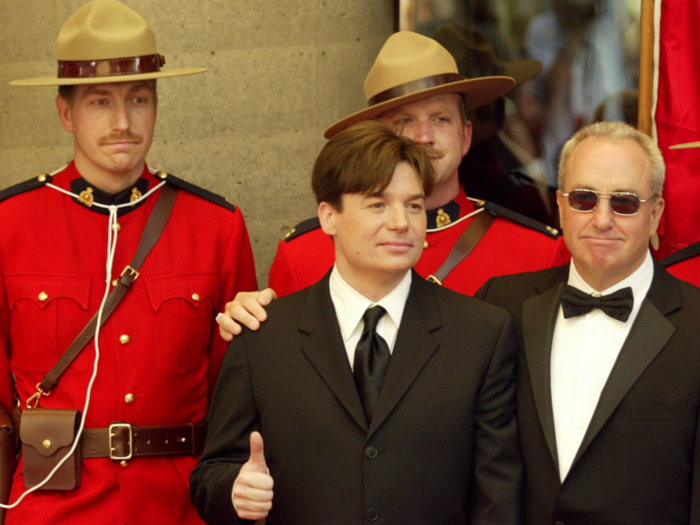- Home
- stock market
- 13 incredible facts about Canada
13 incredible facts about Canada
About 500-600 moose-vehicle collisions are reported annually on the island of Newfoundland.

A chunk of Canada has lower gravity than other parts of the world.
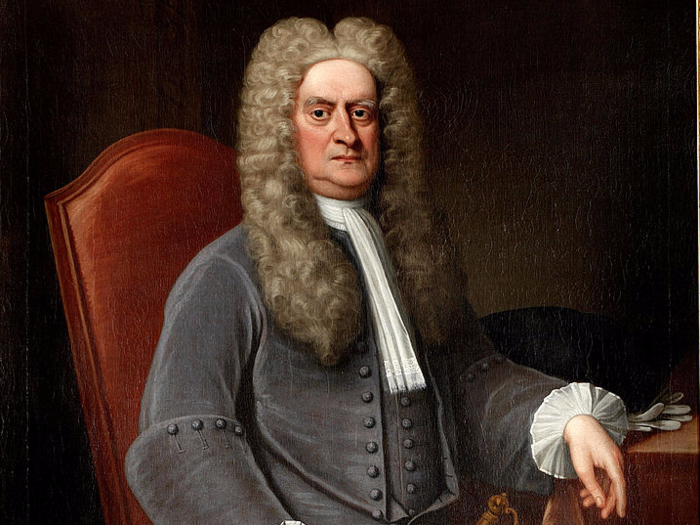
The weakness in gravity is slight: A 150-pound person would weigh a tenth of an ounce less in the area near Hudson's Bay. (Although the person's mass would not change!)
Measurements taken by a pair of satellites known as GRACE (Gravity Recovery and Climate Experiment) revealed that the weaker gravity was due to "the crust there rebounding slowly after the end of the last ice age [and] a deeper issue involving convection in the Earth’s mantle," according to The New Scientist.
Source: The New Scientist
Canadians eat 55% more Kraft Macaroni & Cheese than Americans.
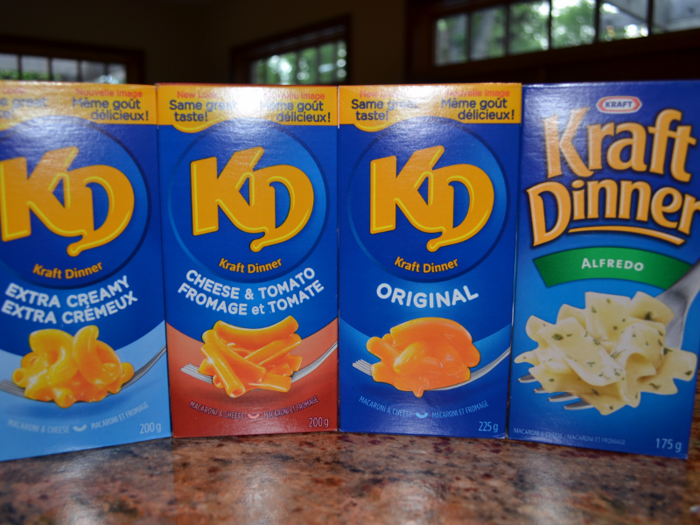
Step aside, poutine. Kraft Macaroni & Cheese — known as "Kraft Dinner" in Canada — is the most purchased grocery item in the country. Canadians eat 3.2 boxes each year, which is 55% more than Americans, according to 2012 data.
Bonus fact: In Canadian band Barenaked Ladies' song "If I Had a Million Dollars," there's one lyric that goes, "If I had a million dollars / we wouldn't have to eat Kraft Dinner / but we would eat Kraft Dinner / of course we would, we'd just eat more."
Source: The Walrus
Canada's forests could fill all of Japan, Italy, Cambodia, Nicaragua, France, Germany, Ghana, Cameroon, Sweden, South Korea, Uruguay, and UK.
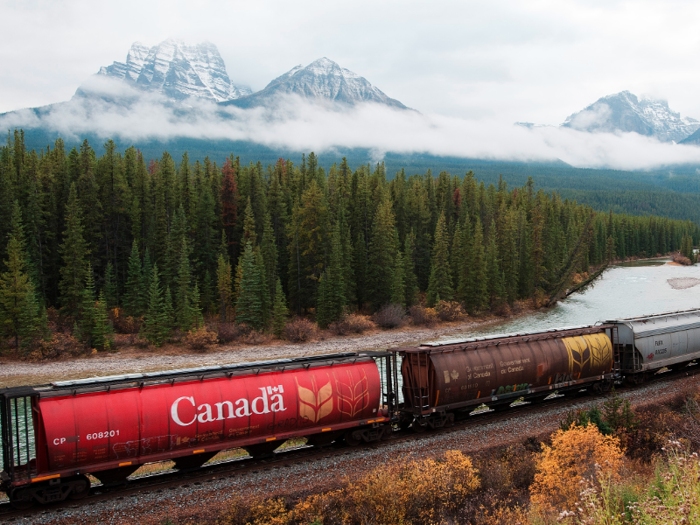
Canada has 348 million hectares of forest land, which translates to about 1,343,635.5 square miles.
According to the NRCAN, these forests cover so much area that they would be able to fully cover all the aforementioned countries.
Source: NRCAN
75% of Canadians live within 100 miles of the US border.
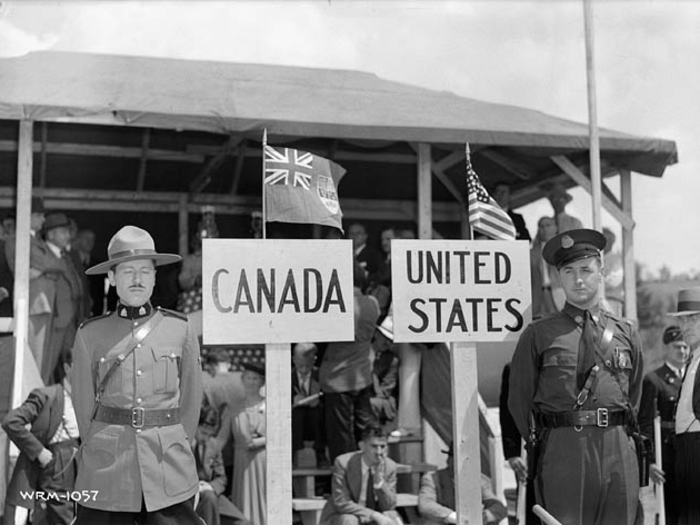
Canada is one of the least densely populated countries in the world. Most of Canada's north is relatively empty because of the cold temperatures.
Source: National Geographic
Canada produces enough maple syrup to fill 14 Olympic-size swimming pools.
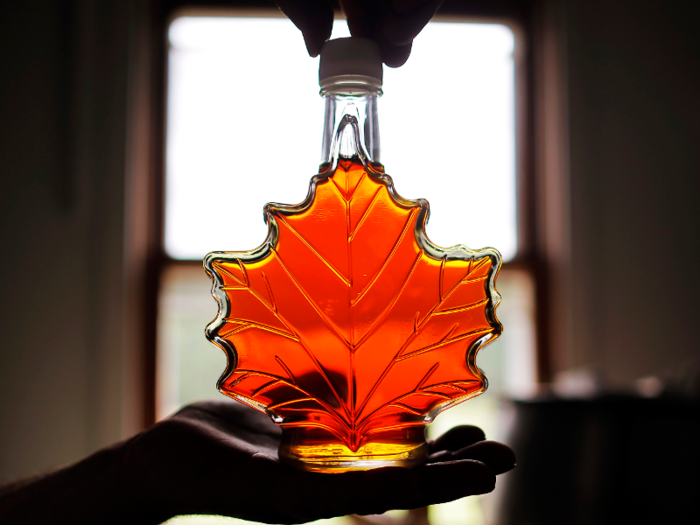
Canada produced 9.486 million gallons of maple syrup in 2014, according to Agriculture and Agri-Food Canada. A whopping 8.58 million gallons were produced in Quebec.
An Olympic-size swimming pool can hold 660,000 gallons of liquid.
Source: Agriculture and Agri-Food Canada
Quebec is called "the Saudi Arabia of syrup."
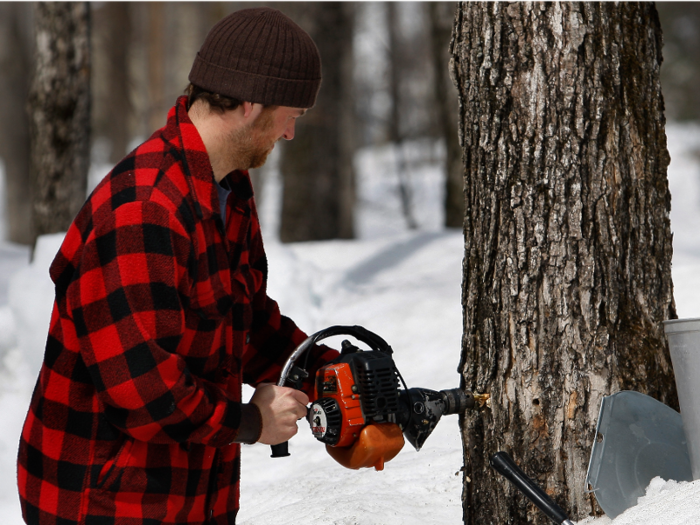
Quebec accounts for 71% of global syrup production, making it the "Saudi Arabia of syrup," according to the Economist. There's even a Federation of Quebec Maple Syrup Producers (FPAQ) that tries to control the price of maple syrup the way OPEC tries to control the price of oil.
But the "OPEC of maple syrup" is starting to see problems as consumers switch to natural sweeteners, US producers jump into the market, and producers are encouraged to go to the black market, according to Bloomberg.
Source: The Economist
There are more people living in California than in Canada, even though Canada is about the same size as the US.

The July 2015 estimate for Canada's population is 35.1 million, while the July 2015 estimate for California's population is 39.1 million.
The total US population is 324 million.
Canada's total area is 3.855 million square miles; the US's is 3.79 million square miles.
Source: CIA Factbook, US Census
Canada's crude oil reserves could fill up almost 26,100 Empire State Buildings.
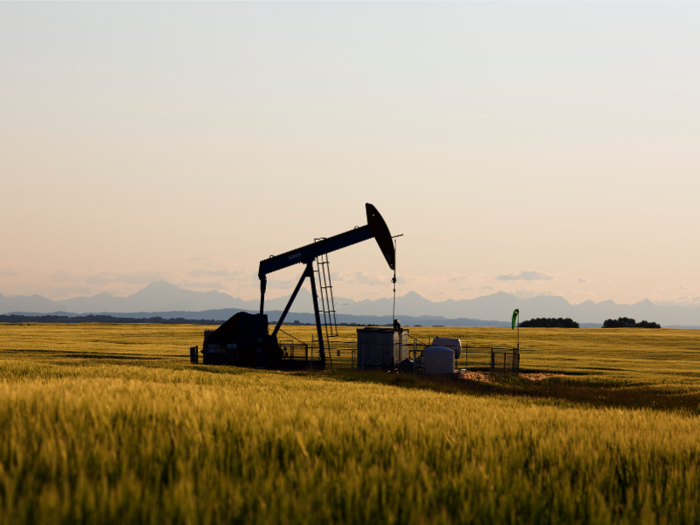
Canada has 172 billion barrels of proven crude-oil reserves, or 7.22 trillion gallons, the third-largest in the world.
The Empire State Building's volume is 37 million cubic feet, or 276,779,000 gallons.
The name "Canada" comes from a 16th-century linguistic misunderstanding.
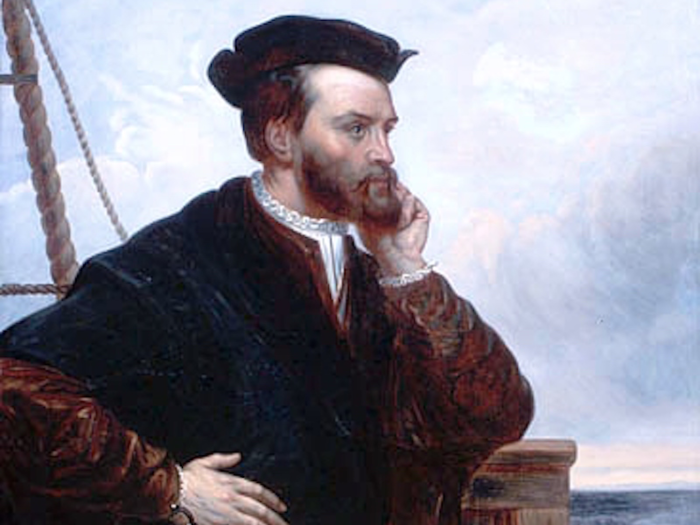
In 1536, French explorer Jacques Cartier overheard the Iroquois referring to their settlements as "kanata," which most closely means "village" or "settlement."
Because of how often they used the word, he assumed it was the name of the country.
Source: Natural Resources Canada
Approximately 15% of Canadians visit Tim Hortons daily.
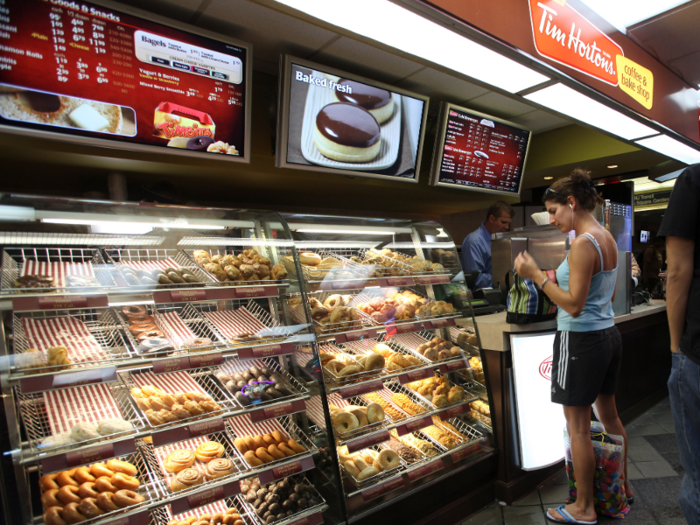
According to 2014 estimates from Tim Hortons, 15% of Canadians visit the coffee-and-donut chain every day. That's about 5.3 million people, using the July 2014 estimate for Canada's population from Statistics Canada.
Moreover, Tim Hortons serves 2 billion cups of coffee a year, which is about eight out of every 10 coffees sold in Canada. This accounts for 60% of the Canadian coffee market, according to Tim Hortons.
Source: BAI
Canada has the 4th-largest French-speaking city in the world.
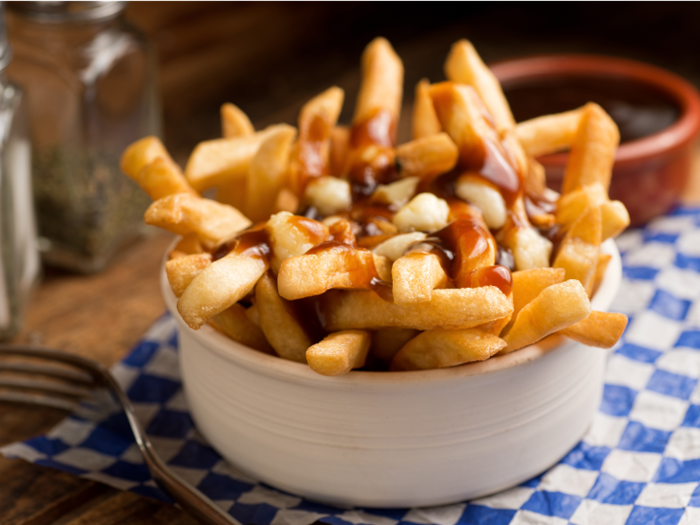
The three largest French-speaking cities are Paris, France; Kinshasa, Democratic Republic of Congo; and Abidjan, Cote d'Ivoire.
The Montreal, Canada, metro area comes in fourth place overall, with 4.02 million people, according to 2014 estimates.
Source: TouristMaker
Canada has a national park that's larger than the entire country of Switzerland.
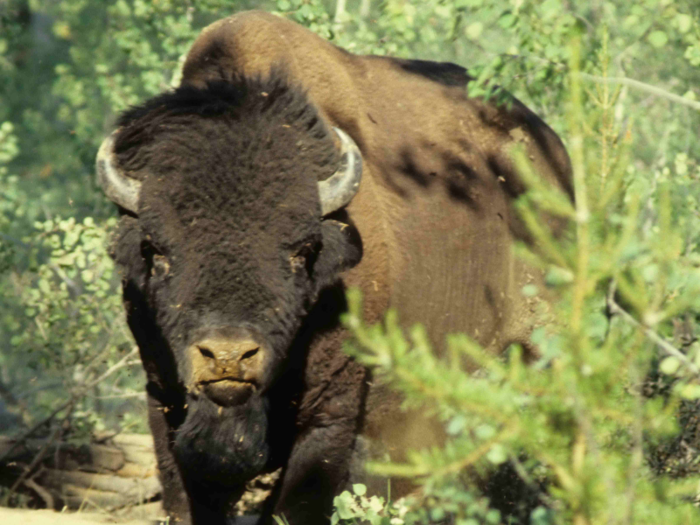
Wood Buffalo National Park sits in Alberta and is about 17,300 square miles (44,800 square km). It is home to the largest population of wild bison in North America.
By comparison, Switzerland has an area of 15,940 square miles (about 41,284 square kilometers).
Source: UNESCO
Popular Right Now
Advertisement
